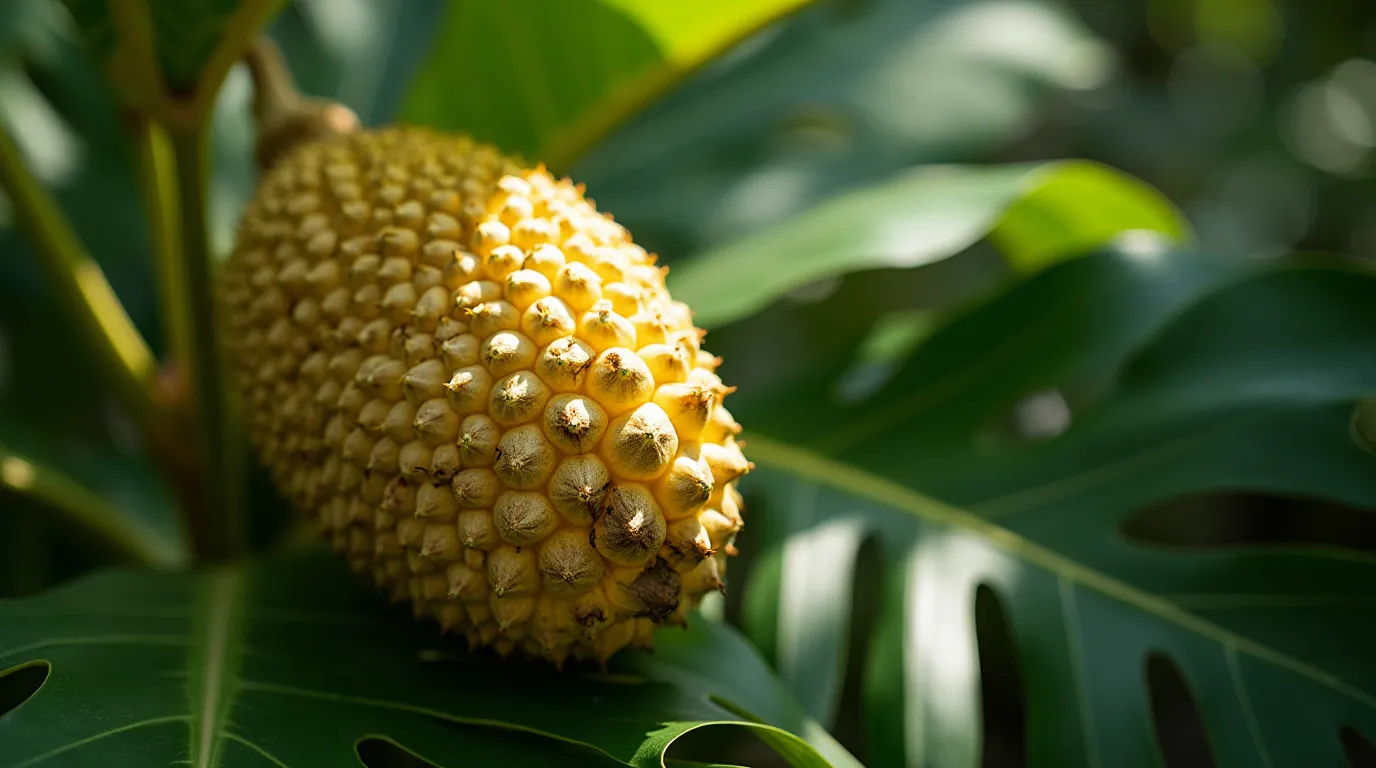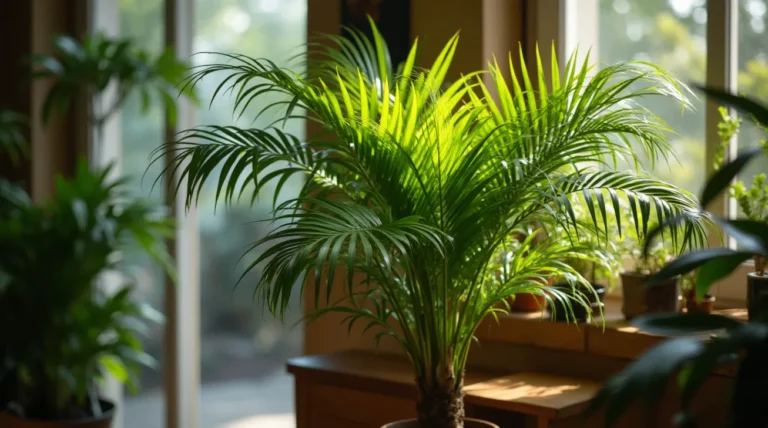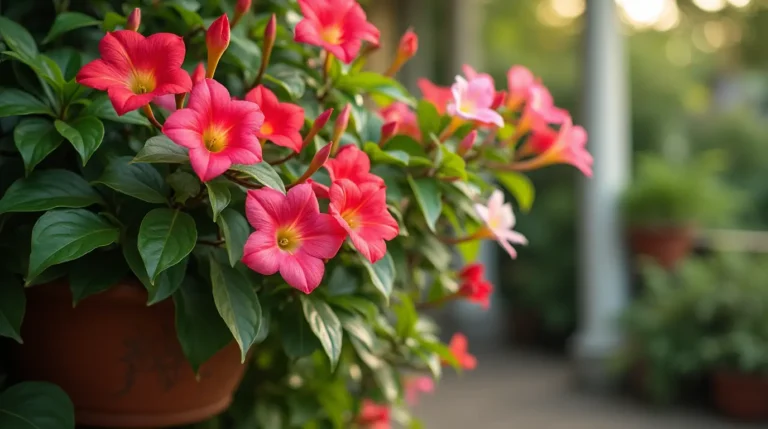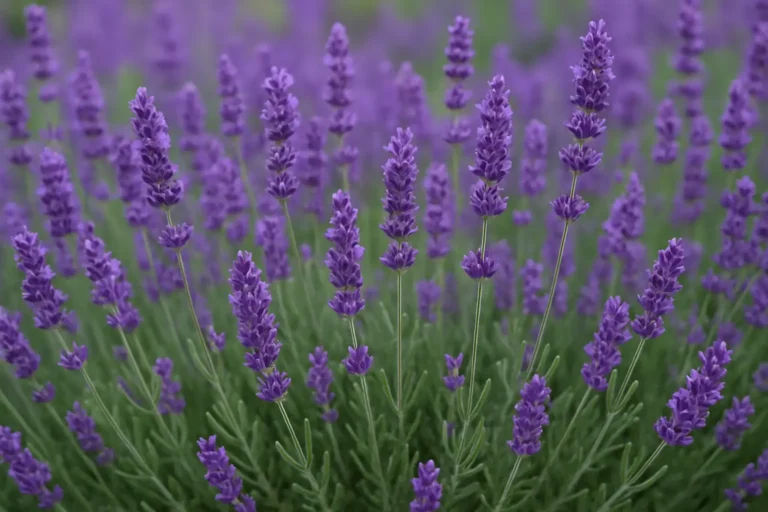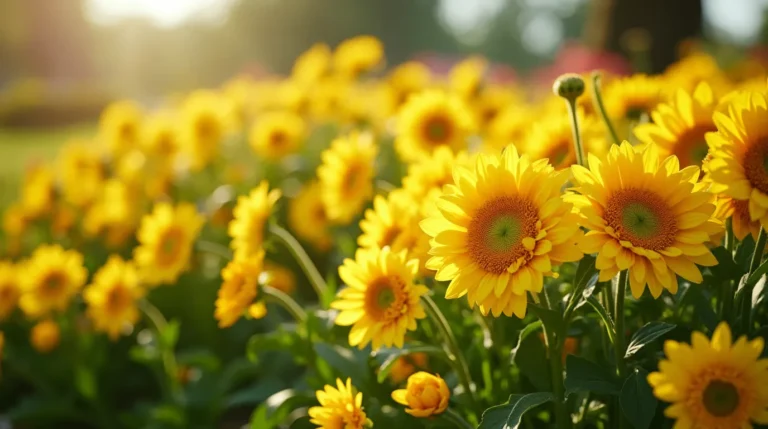Monstera Fruit: The Ultimate Guide To Its Mouthwatering Magic
Table of Contents
The Monstera plant, adored for its striking foliage and exotic allure, is more than just a decorative addition to your indoor garden. For plant enthusiasts and home gardeners alike, the Monstera fruit presents a unique opportunity to cultivate a tropical delight right at home. With its deliciously sweet flavor and intriguing appearance, successfully growing Monstera fruit requires an understanding of specific care needs and favorable conditions. This guide will delve into the essentials of Monstera care, including how to grow Monstera and nurture these remarkable tropical plants to their fruit-bearing potential. Embark on the journey of indoor gardening and discover the secrets of how to care for Monstera and enjoy the rewards of this fascinating fruit.
Introduction to Monstera Fruit
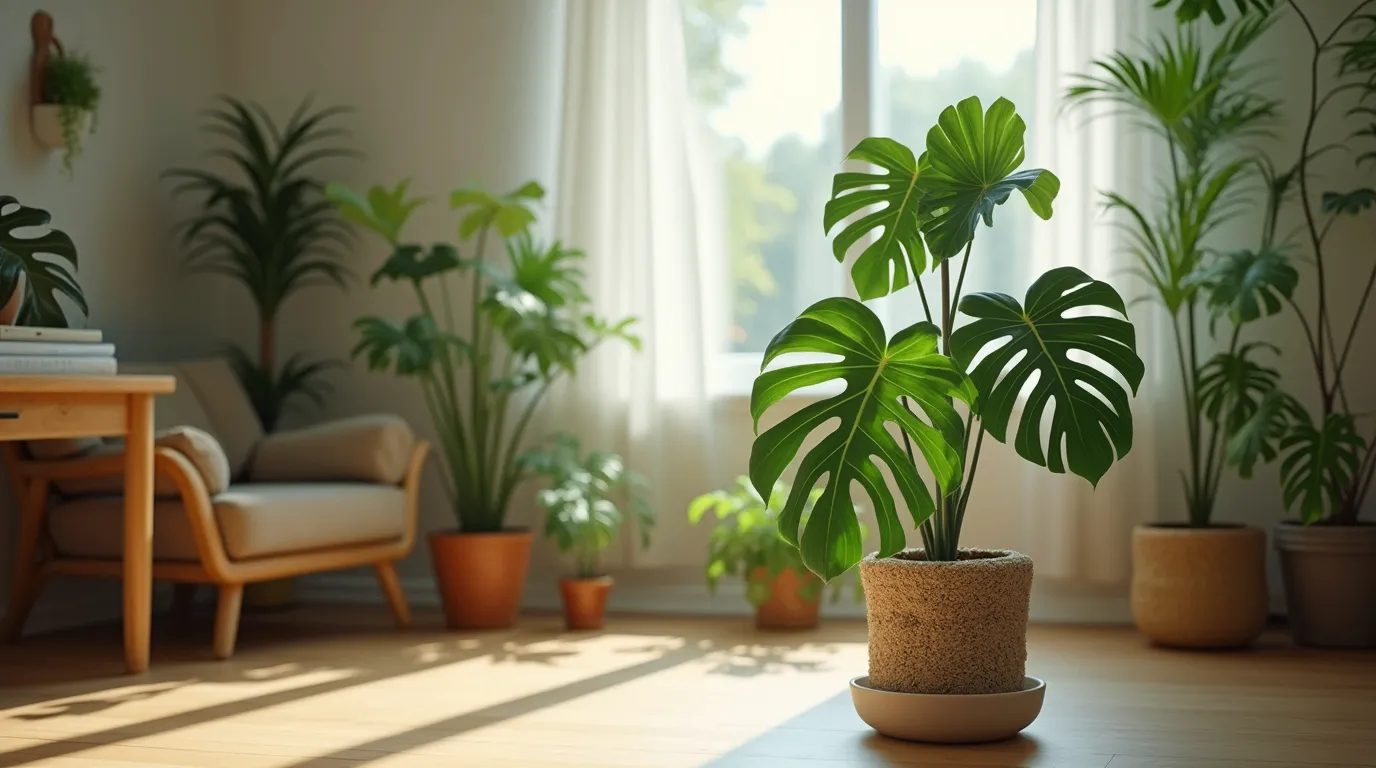
Discovering the Monstera Plant
The Monstera plant, also known as Monstera deliciosa or Swiss Cheese Plant, is a native of the tropical rainforests of Central and South America. Renowned for its large, heart-shaped leaves with unique perforations, the Monstera adds a touch of the tropics to any indoor space. However, beyond its decorative appeal, the Monstera fruit is a lesser-known treasure. Shaped like a green ear of corn, the fruit matures into a sweet, pineapple-banana-flavored delicacy. Growing Monstera fruit requires patience as it can take up to a year for the fruit to ripen indoors. Understanding the plant’s natural habitat helps in recreating similar conditions at home, ensuring that the plant not only thrives but also bears fruit. Knowing how to care for Monstera involves providing adequate sunlight, humidity, and careful watering, all of which are crucial for successful indoor gardening and fruit production.
Unique Features of Monstera Fruit
Monstera fruit is distinctive not only for its visual appeal but also for its gradual ripening process. The fruit is covered with hexagonal scales that fall off as it ripens, revealing a creamy, sweet flesh underneath. This ripening process can take several days, requiring careful attention from gardeners. The flavor of Monstera fruit is often compared to a blend of pineapple and banana, making it a delightful treat. However, it is crucial to consume the fruit only when fully ripe, as unripe sections contain oxalic acid, which can irritate the mouth and throat. The fruit’s aroma is another unique feature; when ripe, it emits a sweet, tropical scent that can fill a room. Successfully growing and enjoying Monstera fruit is a rewarding experience for those committed to providing the necessary Monstera care, making it a sought-after addition to any collection of tropical plants.
Growing Monstera Plants at Home
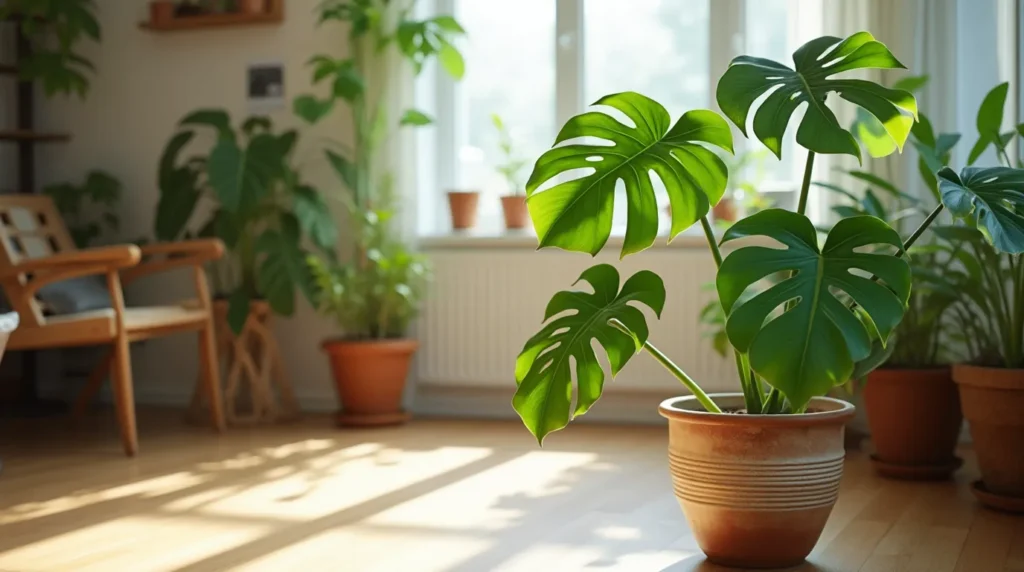
Choosing the Right Environment
Selecting the ideal environment is crucial for successfully growing Monstera plants indoors. These tropical plants thrive in conditions that mimic their natural rainforest habitat. Monstera plants prefer bright, indirect light, making them suitable for rooms with filtered sunlight. Although they can tolerate low light, insufficient lighting may hinder their growth and fruit-bearing potential. Temperature and humidity are also key factors; these plants flourish in warm, humid conditions. Aim for temperatures between 65-85°F (18-29°C) and maintain humidity levels around 60% or higher. A humidifier or regular misting can help achieve the desired moisture levels. Additionally, proper air circulation is essential to prevent fungal diseases. When it comes to soil, a well-draining potting mix with peat moss or perlite is recommended to retain moisture without waterlogging. By creating a favorable indoor gardening environment, you set the stage for your Monstera to grow vigorously and potentially produce its unique fruit.
Essential Monstera Care Tips
Caring for Monstera plants involves understanding their basic needs to ensure healthy growth. Watering is a critical aspect; Monstera plants prefer slightly moist soil. Allow the top inch of soil to dry out between waterings to help prevent root rot. During the growing season, typically spring and summer, fertilize monthly with a balanced, water-soluble fertilizer to support lush foliage and potential fruit development. Pruning is another essential care tip. Regularly trimming the plant encourages bushier growth and removes any damaged or yellowing leaves. Supporting the plant with a moss pole or trellis can help manage its climbing nature and promote vertical growth. Pests like spider mites and mealybugs can occasionally be a concern; inspect your Monstera regularly and treat any infestations promptly with insecticidal soap. By following these Monstera care tips, you can nurture a thriving plant that not only enhances your indoor space but also has the potential to bear the exotic Monstera fruit.
Caring for Your Monstera Fruit
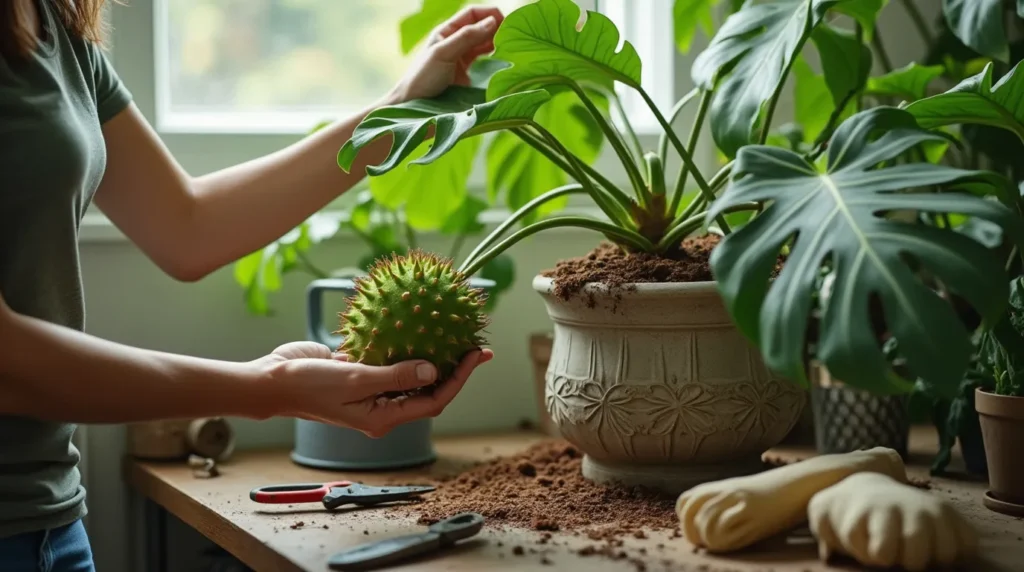
Watering and Feeding Guidelines
Proper watering and feeding are vital for the health and productivity of your Monstera plant. When it comes to watering, aim for consistency, allowing the soil to dry slightly between sessions. To avoid root rot, make sure not to overwater and ensure the pot has proper drainage. During the growing season, increase the watering frequency to accommodate the plant’s higher moisture needs. In contrast, watering should be reduced during the cooler months when growth slows down. Feeding the Monstera is equally important; use a balanced, water-soluble fertilizer once a month during the growing season. This provides essential nutrients to support leaf growth and fruit development. Avoid over-fertilizing, as it can harm the plant’s roots. If you notice yellowing leaves, it may indicate a nutrient imbalance, prompting an adjustment in your fertilization routine. Following these guidelines will help your Monstera thrive, potentially rewarding you with its unique and delicious fruit.
Common Issues and Solutions
Despite their hardy nature, Monstera plants can face a variety of issues. Yellowing leaves often signal overwatering, underwatering, or nutrient deficiencies. Ensure proper watering practices and check for adequate drainage to address these concerns. Brown leaf edges usually indicate low humidity or irregular watering. Increasing humidity levels and ensuring consistent watering can mitigate this problem. If you notice slow growth or leggy stems, it might be due to insufficient light. Moving the plant to a brighter spot with indirect light can promote healthier growth. Pests like spider mites and mealybugs are occasional nuisances. Regularly check your plant and apply insecticidal soap or neem oil to control infestations. Finally, if your Monstera isn’t producing fruit, it may require more time or optimal conditions to mature. Patience and consistent Monstera care are key to resolving most issues. By addressing these common problems, you can maintain a healthy and thriving Monstera plant.

